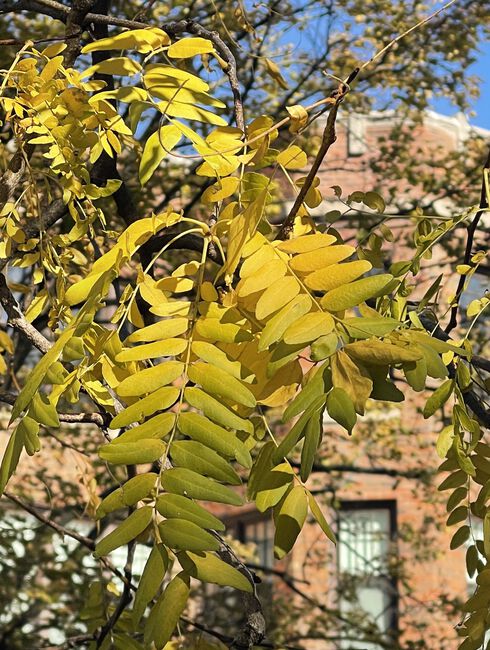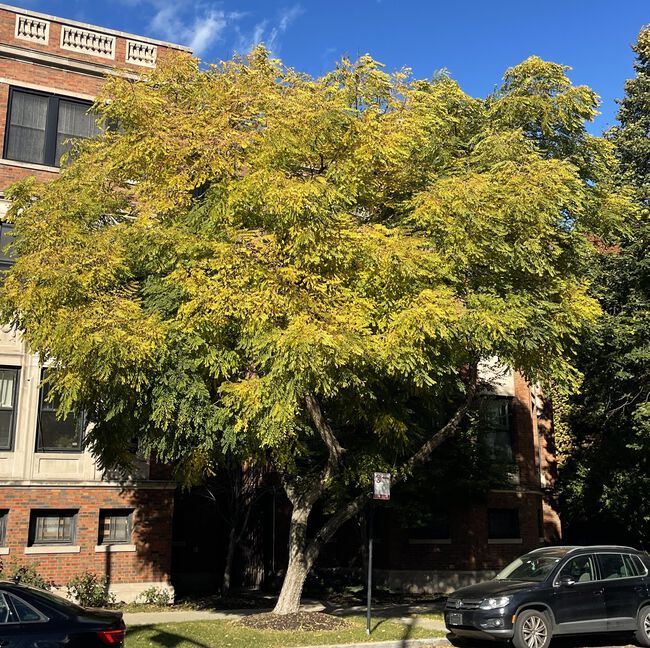Aristotle's definition of meteorology
Thinking more about weather and meteorology, ancient and modern. Aristotle:
[Meteorology] is concerned with events that are natural, though their order is less perfect than that of the [stars and the heavens]. They take place in the region nearest to the motion of the stars. Such are the milky way, and comets, and the movements of meteors. It studies also all the affections we may call common to air and water, and the kinds and parts of the earth and the affections of its parts. These throw light on the causes of winds and earthquakes and all the consequences the motions of these kinds and parts involve. Of these things some puzzle us, while others admit of explanation in some degree. Further, the inquiry is concerned with the falling of thunderbolts and with whirlwinds and fire-winds, and further, the recurrent affections produced in these same bodies by concretion. When the inquiry into these matters is concluded let us consider what account we can give, in accordance with the method we have followed, of animals and plants, both generally and in detail.
(Book 1)
Sources
Aristotle, Meteorologica, translated by E. W. Webster. (~350 B.C.E.). Text at Internet Classics Archive.
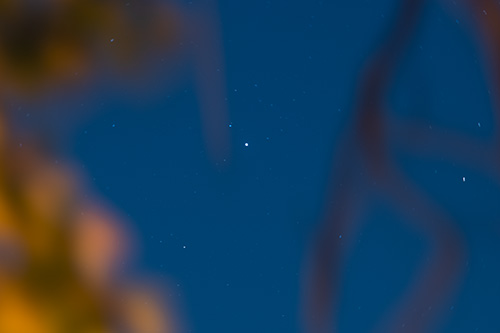





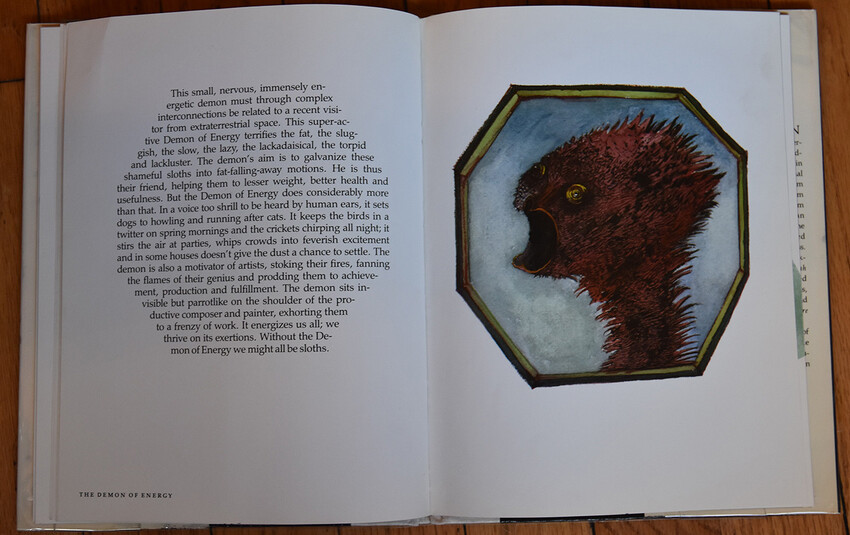
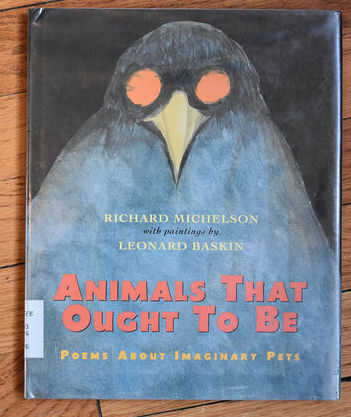
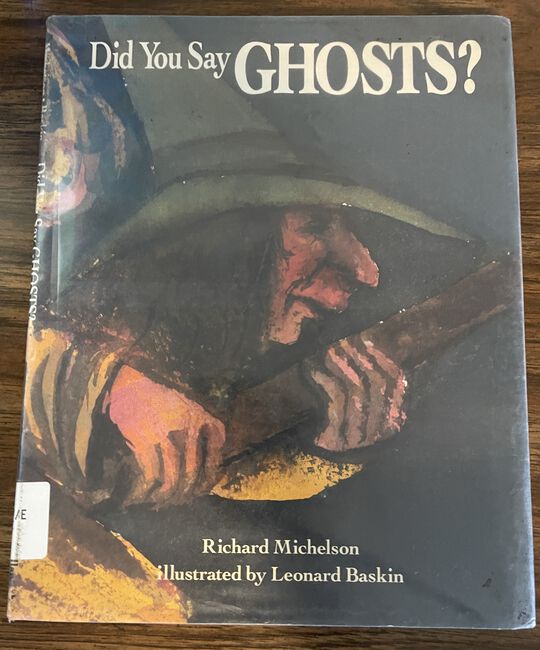
![[description]](/img/DSC_0563-large.jpg)

